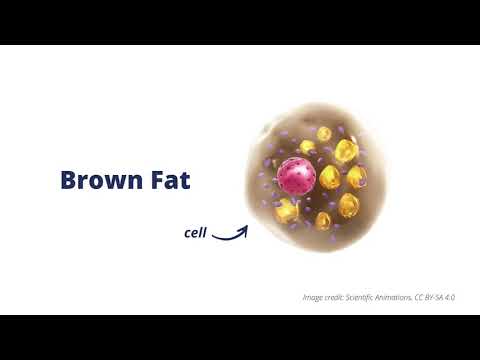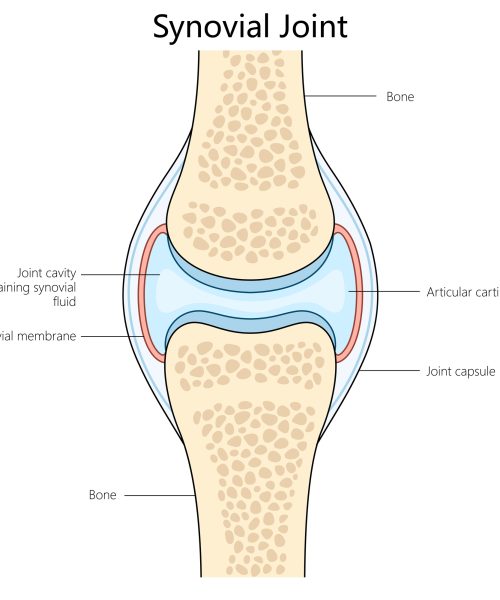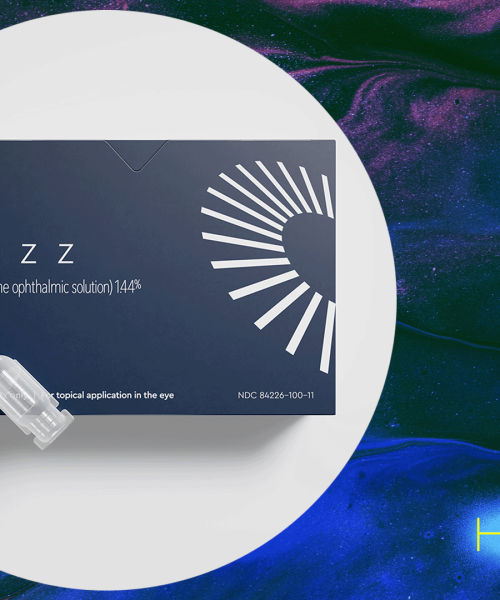If you’ve ever seen an episode of Hot Ones, the YouTube series in which guests have to consume increasingly nuclear hot sauces over the course of the interview, you know the drill. As the spice levels rise, sweat starts to bead, faces flush, and answers descend into incoherent yelps.
Capsaicin, a chemical concentrated in the seeds and ribs of chiles, is powerful stuff. While chiles can’t kill you, they can send you to the emergency room, particularly if you’re not accustomed to high levels of heat. Last year, three varieties of instant ramen by South Korean company Samyang were so spicy that Denmark’s national food agency deemed them a public health hazard.
Yet the very substance that reduces some diners to tears also offers some surprising benefits. For one, there’s strong evidence to suggest that consuming spicy food can help you maintain a healthy weight. But eating more chiles isn’t, in isolation, enough to stay out of the doctor’s office.
A shortcut to boosting your metabolism
One longstanding popular myth is that there are “negative calorie” foods that burn more energy than they bring into your body. While that’s not the case, it is true that eating chiles can temporarily rev up your metabolism.
“What capsaicin does is activate cellular receptors on your tongue known as the TRPV1 receptor,” explains Dr. William Li, author of Eat to Beat Your Diet: Burn Fat, Heal Your Metabolism, and Live Longer and Eat to Beat Disease: The New Science of How Your Body Can Heal Itself. Not only does this trigger a feeling of heat, but it also causes your brain to release a neurotransmitter called norepinephrine. “This substance causes a domino effect of reactions that leads to ‘turning on’ your brown fat, a special form of fat that has a unique metabolic function.”
Brown adipose tissue (BAT), or brown fat, is very different from white fat, which is mostly clustered around your internal organs and used for energy storage. While white fat is an important part of the body, it can cause problems when you have too much of it, which is why some nutritionists refer to it as “bad fat.”

Brown fat, on the other hand, resembles a thin, flat sheet that lies close to the muscles between your shoulder blades, behind your breastbone, around your neck, and on your abdomen. This beneficial fat plays the critical role of helping regulate your body temperature when external temperatures drop. Right before you start shivering, it kicks into gear. Its darker color comes from high concentrations of mitochondria.
“When norepinephrine, triggered by capsaicin from eating chile peppers, activates brown fat, the brown fat cells turn on their engines (mitochondria) that generate heat, a process called thermogenesis,” Dr. Li says. In order to generate heat, the brown fat cells need to draw on energy reserves stored in other fat cells. “Therefore, brown fat is ‘good fat’ that fights ‘bad fat’ by burning it down when activated.” So by eating spicy food, you’re in essence burning up white fat in the body.
By one estimate, chowing down on spicy foods could lead to burning an extra 116 calories a day—roughly equivalent to a slice of bread. While that’s not going to dramatically move the needle, every little bit helps.
Chiles can also curb your appetite
An equally important factor is that chiles may encourage you to eat less. “Eating chile peppers can reduce appetite in two main ways,” Dr. Li says. “First, the zing can cause pain in people who are sensitive to spicy foods.” That pain means you’re likely to think twice before wolfing down super-spicy food.
One of the primary causes of overeating is that we’re often in too much of a rush. That’s because it takes your body roughly 20 minutes to realize it’s full. If you’re enjoying jerk chicken rubbed with habaneros or a papaya salad loaded with Thai bird’s eyes, the chances are that you’re going to savor them slowly. At the end of the day, spicy food is just hard to eat quickly.
Related Food Stories
“Second, capsaicin in chiles can trigger the brain’s satiety center, which reduces hunger,” Dr. Li says. Studies indicate that capsaicin may actually reduce ghrelin, a hormone connected to hunger. In short, chiles help you to eat less overall.
That’s not all that chiles do
Chiles can certainly have a positive impact on metabolism, but that’s only one reason to enjoy them. One study in 2020 found that people who regularly eat chiles may reduce their risk of dying of heart disease by 26 percent and their risk of dying of cancer by 23 percent. Chile-loving participants also tended to live longer in general.
One explanation for that is that capsaicin reduces inflammation and can help lower your blood pressure. “Eating chile peppers is also beneficial for cardiovascular health,” Dr. Li says. “This is because capsaicin helps blood vessels relax, which can help lower blood pressure.”
Spicy food can also make you feel downright euphoric, courtesy of a rush of endorphins and dopamine. That surge of mood-boosters is essentially your body trying to compensate for the perceived pain, but their effects often linger long after your mouth stops burning.
And that’s not all. Fresh chiles contain antioxidants, including vitamins A and C, along with some dietary fiber and other good stuff. Perhaps most importantly, they add tons of flavor to dishes. After all, if healthy food doesn’t taste very good, chances are high you’re not going to want to eat it.
This story is part of Popular Science’s Ask Us Anything series, where we answer your most outlandish, mind-burning questions, from the ordinary to the off-the-wall. Have something you’ve always wanted to know? Ask us.






